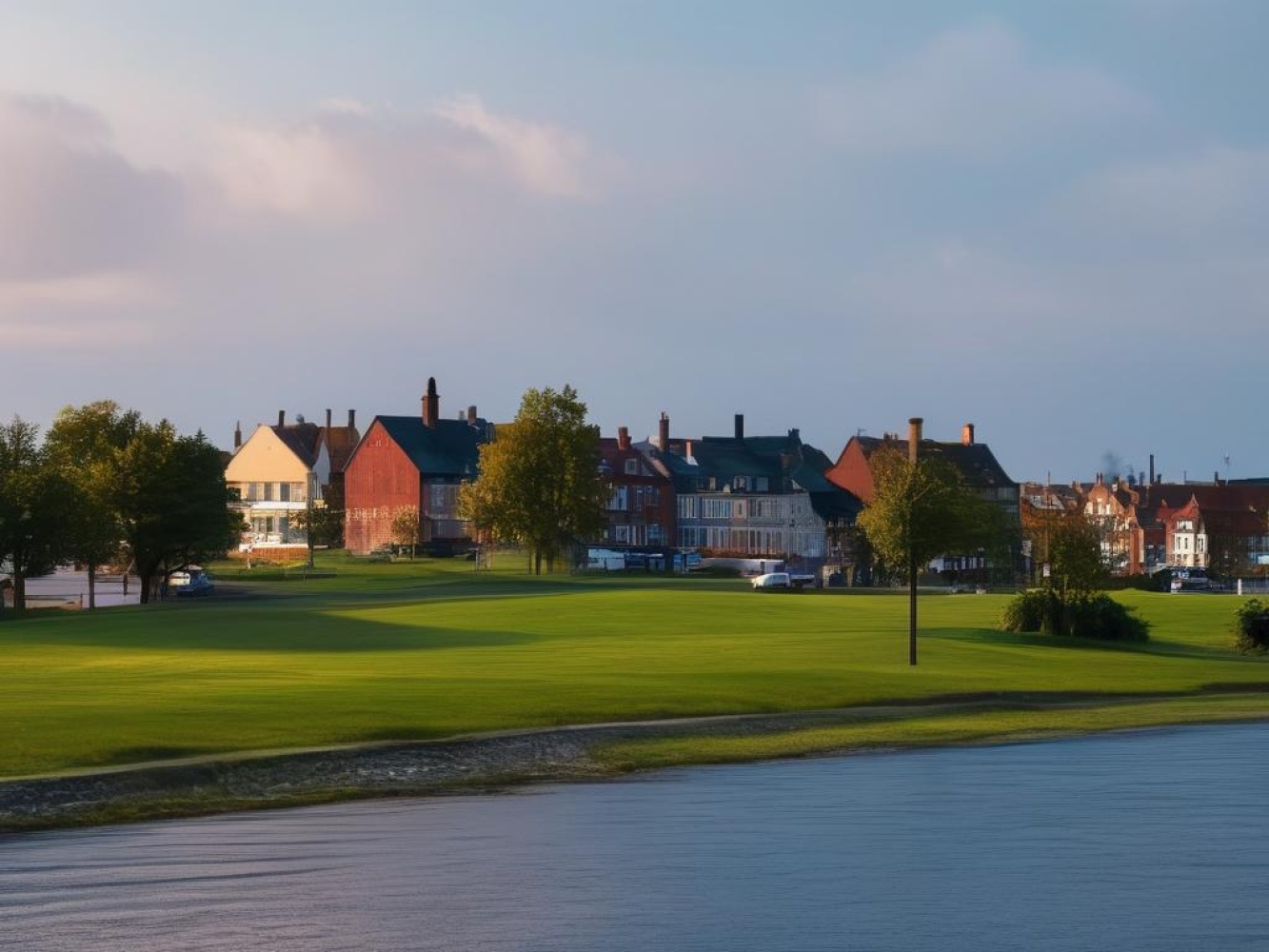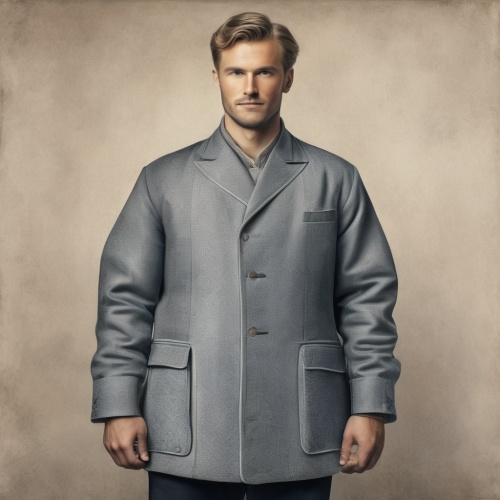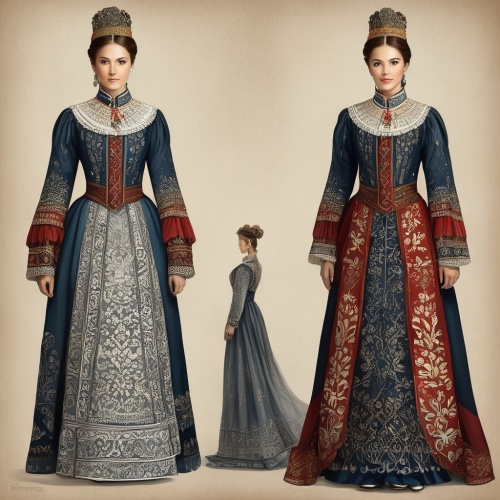Understand
Once covered in dense forests, this area has retained its natural heritage, evident in its numerous parks, lakes, and forests. In the early days of Denmark's industrialization, it became a popular destination for city dwellers seeking leisure activities. Trams and trains were crowded with people heading to the north of the city for entertainment on Sundays and holidays, although most of those places have now closed down. However, you can still experience the charm of the past at the delightful Dyrehavsbakken amusement park, the oldest functioning amusement park in the world. Nearby horse racing tracks and surrounding forests also continue to attract urbanites, especially during public holidays and weekends. Another way to immerse yourself in history is by taking a boat tour on the hundred-year-old Baadfarten ferries, sailing on the picturesque canals and lakes near Lyngby. These waterways were once part of an elaborate defense system for the city, designed to impede potential invaders. The district's industrialization had a lasting impact. It became home to the country's earliest factories, utilizing water power from the Mlle River to produce paper, weapons, and textiles. However, steam power quickly surpassed these factories, causing the area to revert back to its natural state. Remarkably, many of the 19th-century mills and factories still remain intact today, surrounded by lush green forests. In the 1970s, vast stretches of suburbia merged the once-separate villages into one affluent area. The original village houses transformed into residences for the wealthy, while the suburbia became inhabited by the upper middle class. The most captivating areas are undoubtedly the historic Lyngby and the seaside along the resund coast, whereas the rest of the district primarily consists of residential neighborhoods, which may not be of great interest to travelers.
Get in
Exploring the area north of Copenhagen is made easy with the S-train lines. There are 4 S-train lines that serve different areas. Lines H/C and A run towards the western area, which doesn't offer many attractions. On the other hand, lines E/B and C run towards the eastern area, where most of the attractions are located. Line C also runs parallel to the coast. If you want to visit the Dyrehaven forest and amusement park, you can take the regional kystbanen line, which is faster as it has fewer stops. However, be aware that some trains skip Klampenborg station. The S-train lines and kystbanen run frequently throughout the day, with trains arriving every 10 minutes. In the evening, the frequency decreases to every 20 minutes. The journey takes around 15 minutes to Hellerup and 20 minutes to Klampenborg and Lyngby, which are the main attraction areas.
Map & Climate
Popular Foods
 Dish 1: SmørrebrødSmørrebrød, also known as Danish open sandwiches, are a traditional Danish appetizer consisting of rye bread topped with a variety of spreads, including butter, cheese, and fish roe. Common toppings include herring, shrimp, and smoked salmon. This dish is typically served with pickled herring or pickles.
Dish 1: SmørrebrødSmørrebrød, also known as Danish open sandwiches, are a traditional Danish appetizer consisting of rye bread topped with a variety of spreads, including butter, cheese, and fish roe. Common toppings include herring, shrimp, and smoked salmon. This dish is typically served with pickled herring or pickles. Dish 2: FrikadellerFrikadeller, or Danish meatballs, are a popular comfort food in Denmark. Made from a mixture of ground pork, beef, onions, breadcrumbs, and spices, these meatballs are pan-fried until crispy on the outside while remaining tender on the inside. They are often served with potatoes and brown gravy or a sweet and sour sauce.
Dish 2: FrikadellerFrikadeller, or Danish meatballs, are a popular comfort food in Denmark. Made from a mixture of ground pork, beef, onions, breadcrumbs, and spices, these meatballs are pan-fried until crispy on the outside while remaining tender on the inside. They are often served with potatoes and brown gravy or a sweet and sour sauce. Dish 3: ÆbleskiverÆbleskiver, also known as Danish pancake balls or sky balloons, are light and fluffy pancakes that are typically eaten for breakfast or dessert. Made from a batter consisting of flour, sugar, eggs, milk, and butter, these small pancakes are cooked in a special pan with half-spherical wells. They are often served with jam, powdered sugar, cinnamon, or whipped cream.
Dish 3: ÆbleskiverÆbleskiver, also known as Danish pancake balls or sky balloons, are light and fluffy pancakes that are typically eaten for breakfast or dessert. Made from a batter consisting of flour, sugar, eggs, milk, and butter, these small pancakes are cooked in a special pan with half-spherical wells. They are often served with jam, powdered sugar, cinnamon, or whipped cream.




Comments
NO COMMENTS